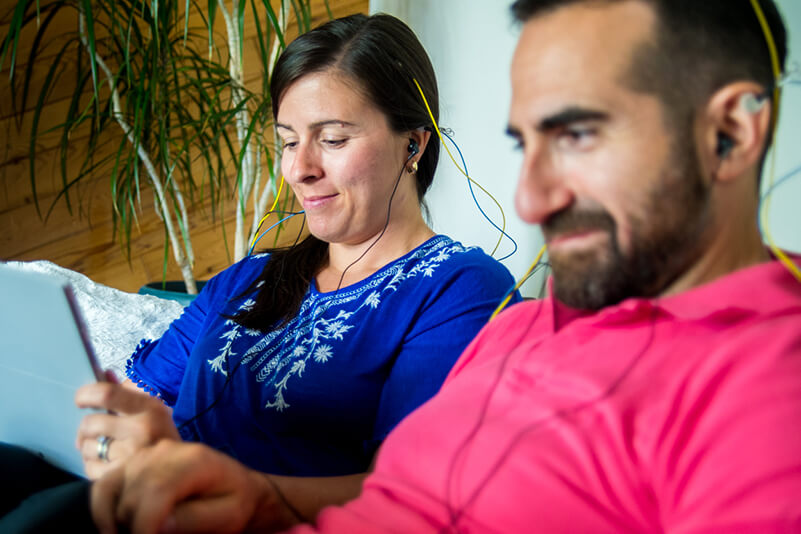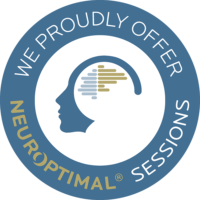At Centre for Trauma and Stress, our skilled therapists offer a wide range of evidence-based, brain-based, trauma-informed services for children, adolescents, and adults.
The Centre for Trauma and Stress team includes a Psychologist, Registered Social Workers, Registered Psychotherapists, and Neurofeedback Technicians.
Treatment Interventions
- EMDR Therapy
- Deep Brain Reorienting
- NeurOptimal® Neurofeedback
- Other trauma-informed and brain-based approaches
Consultation and Supervision
Cindy and Dr. Tina are also both EMDRIA Approved consultants and offer consulting services to EMDR trained therapists.
They also provide both virtual individual and group consultation to therapists trained in DBR (Deep Brain Reorienting).
Fees
Our services are not covered through OHIP, but many extended health plans offer some coverage for psychology and/or social work.
Cindy, Dr. Tina, Richard, and Jackie Turner are all approved therapists through Indigenous Services Canada.
Dr. Tina provides direct billing for clients who are have extended health benefits through Green Shield Canada.
About EMDR Therapy
What Is EMDR?
EMDR (Eye-Movement Desensitization and Reprocessing) is a psychotherapy approach developed by Dr. Francine Shapiro in 1987. She observed that eye movements can reduce the intensity of disturbing thoughts under certain conditions. She reported success using EMDR to treat victims of trauma.
Recent research indicates that EMDR assists with the development of new neural pathways in the brain which help traumatic and disturbing memories, and emotions be processed by the pre-frontal cortex (the rational part of the brain). Following EMDR sessions, some clients may report that images, sounds and feelings are no longer intrusive when the traumatic event is brought to mind. What happened is still remembered, but it is less upsetting.
Today, EMDR has been developed into a set of protocols that incorporate elements form many different approaches. Most notably, EMDR can be thought of as a physiologically-based therapy that helps a person see disturbing material in a new, and less disturbing way.
For a recent interview with Francine Shapiro about EMDR therapy, view the video above.
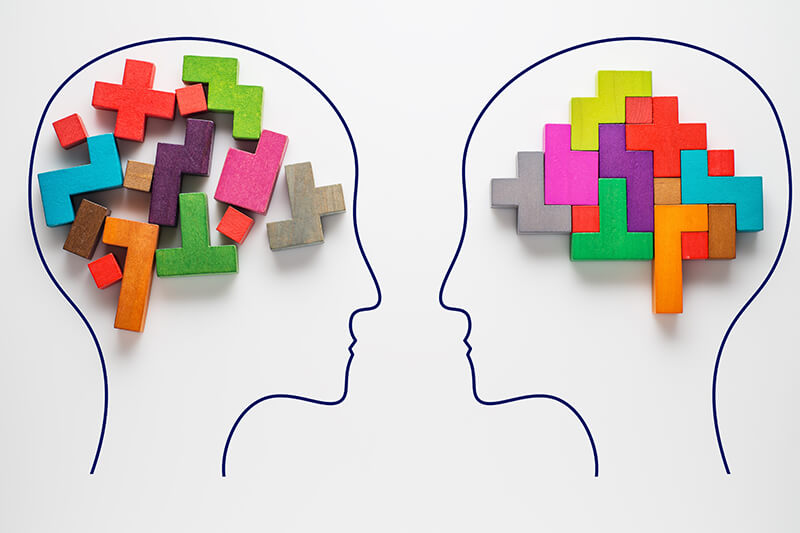
Would EMDR Work For Me?
Scientific research has established EMDR as an effective treatment for posttraumatic stress. However, clinicians have reported success using EMDR in treatment of the following issues:
- Panic attacks
- Addictions
- Anxiety
- Depression
- Phobias
- Performance anxiety
- Complicated grief
- Chronic Pain
It is important to remember that everyone responds to various treatment modalities differently. A licensed mental health professional who has training in EMDR will be able to assess a client’s suitability for EMDR.
What Can I Expect During An EMDR Session?
After your therapist takes your history and any other related assessments, you will first learn grounding and stabilization techniques to help you cope with any upsetting emotions or circumstances. Afterwards the therapist will work with the client to identify a specific problem to be the focus of the treatment session. Once the client has the issue in mind, the therapist facilitated directional movement on the eyes, or other bilateral (side to side) stimulation while the client focuses on the upsetting image. The client notices whatever comes to mind without making any effort to control thought direction or content. Sets are continued until the memory becomes less disturbing and is associated with positive thought and beliefs about one’s self. During the EMDR treatment the client may experience intense emotions, but by the end of the session most people report a reduction in the level of disturbance.

About Deep Brain Reorienting
What Is Deep Brain Reorienting?
DBR (Deep Brain Reorienting) is a trauma-processing psychotherapy that tracks the original physiological sequence that occurs when the deep brain was first alerted to a threat or attachment disruption.
We can use DBR to process through the shock and the emotions of a traumatic or threatening event and/or interaction. When enough shock is cleared, processing emotions becomes more manageable (less overwhelming). A research paper was recently published about a study on DBR and it shows DBR had a statistically significant effect on PTSD symptoms.
DBR therapy begins by engaging a part of the deep brain (the superior colliculus) that helps you to have a deep sense of where you are in the here and now and helps to prevent overwhelm during processing.
Through continued learning about the brain, we know that unhealed shock can contribute to a cascade of events in the brain that can lead to some of the symptoms you are experiencing. Shock can be in response to a traumatic event or even relational trauma (attachment shock/wounding – response to an unmet need). DBR can also help to access and heal core aloneness pain that is often at the root of traumatic experiences.
The thing is that shock is experienced in the body very quickly, so we need a therapy that helps to slow down the shock held in the body so that it can be processed. Once emotions flood in they can take over, making it hard to process the shock.
DBR therapy focuses on noticing and being with sensations in the body and emotions, rather than trying to process the issue or memory cognitively.
Your therapist is present and with you during the whole session. They may be relatively quiet during the DBR session to let you be with what is coming up, but they will check in. If there’s something you need to share, you can do so. However, it is important to stay dropped into the experience and not get too “up in your head”.
Here is an article sharing more about DBR and a study looking at the efficacy of DBR and PTSD led by Dr. Ruth Lanius and her team.
Lawson study looking at how deep brain reorienting can treat PTSD
A journal article has recently been published about DBR and PTSD from the above study. The full article can be found here: https://www.tandfonline.com/doi/epdf/10.1080/20008066.2023.2240691?needAccess=true&role=button
The DBR study is still recruiting participants. If you live in Ontario, Canada and can go to London, Ontario for two fMRI scans, you can reach out to Suzy Southwell to see if you would be a candidate for the study:
If you are a therapist and interested in DBR training or DBR consultation, please see our website for more information.
About Neurofeedback
What Is Neurofeedback?
Have you trained your brain today?
Though based in technology, neurofeedback is a 100% non-invasive, drug-free, brain training system that helps the central nervous system (CNS) make the best use of your brain’s natural resources. NeurOptimal® is extremely powerful and effective.
The U.S. Food and Drug Adminstration has approved neurofeedback for relaxation training and the American Pediatric Academy has endorsed neurofeedback as a “Level 1/Best Support” treatment for children with ADHD.
NeurOptimal®’s EEG biofeedback or neurofeedback system is a powerful technology that can greatly enhance your well-being and generally help you get the most out of life.
Brain training can unlock untapped cognitive potential and help you achieve long-held goals and dreams. Biofeedback has been around for almost 40 years, but its practical use was inhibited by the scarcity of a practical delivery system. In the past, a neurofeedback interface would require a room full of computers and technicians. Today, Zengar Institute, Inc. has created a simple, interactive software that harnesses this powerful technology in an easy-to-useprogram called NeurOptimal® that loads onto a laptop computer.
Because neurofeedback has been time-tested, it is also very safe. Respected institution such as the U.S. FDA and the American Academy of Pediatrics have endorsed neurofeedback.
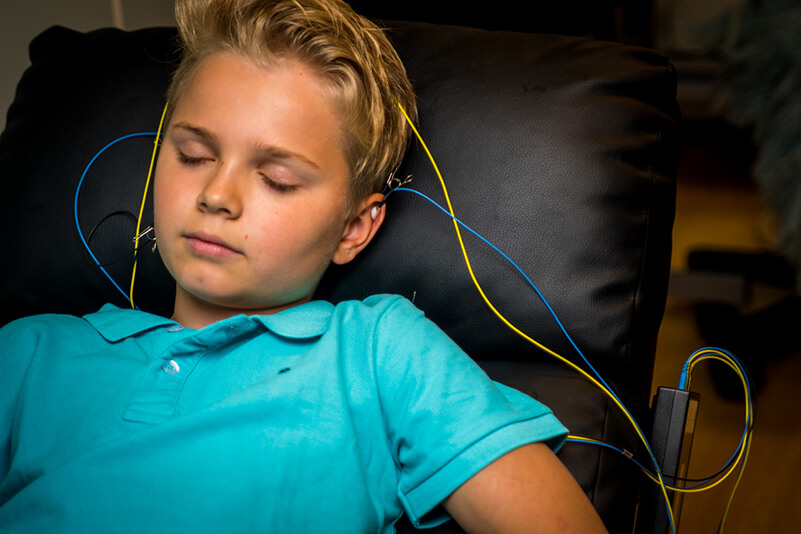
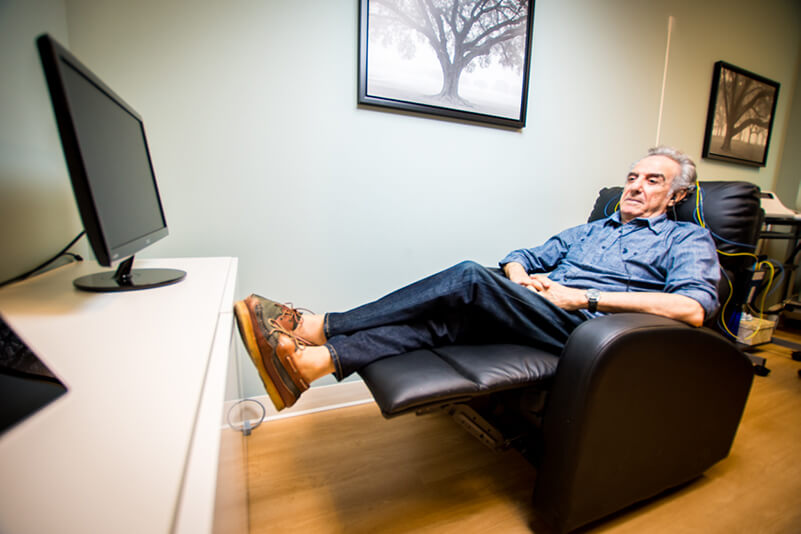
Is NeuroOptimal® Neurofeedback for me?
Neurofeedback training provides a multitude of benefits for the brain and body, including: improved sleep, heightened mental clarity and enhanced cognitive performance. Trainers and clients –millions and growing- have used the NeurOptimal® system to address a number of physical, emotional and cognitive complaints with great success.
These fall into a few general categories:
- PHYSICAL, COGNITIVE AND EMOTIONAL CHALLENGES.
Adults, as well as children, have used NeurOptimal® neurofeedback to address the negative effects arising from depression, anxiety, PTSD, Alzheimer’s, autism, sleep disorders, misophonia and other complaints. The FDA has even approved neurofeedback as effective for stress reduction. As of November of 2012, the American Pediatric Academy has endorsed neurofeedback aka EEG biofeedback as a “Level 1/Best Support” treatment for children with ADHD. Furthermore, the APA has equated neurofeedback with medication in terms of efficacy for resolving ADHD. - GENERAL WELLNESS
NeurOptimal® neurofeedback encourages an overall positive mental outlook and a deeper understanding of the mind/body connection. For those looking to enhance their daily health and wellness, neurofeedback training can be an excellent supplement to a healthy diet and exercise routine. - BRAIN FITNESS/AGE REMEDIATION:
Along with healthy lifestyle choices, NeurOptimal® neurofeedback can be a powerful tool to mediate cognitive decline that naturally occurs as we age. Just as physical exercise benefits the body, NeurOptimal® keeps the brain fit and resilient. Neurofeedback can help improve memory, recall and increase overall cognitive dexterity in older individuals. - PEAK PHYSICAL/MENTAL PERFORMANCE:
A growing number of Olympic and professional athletes now use neurofeedback to provide that critical mental edge which often results in gold medals and championships. When competitors are separated by 100ths of a second, the improved mental focus and physical performance neurofeedback provides can mean the difference between winning and losing. But you don’t have to be a pro athlete to enjoy the benefits of neurofeedback. Looking to improve your golf game? Want to be a better pitcher for your company softball team? NeurOptimal® can help. - IMPROVED ACADEMIC PERFORMANCE
Because neurofeedback training enhances concentration and mental focus, students use NeurOptimal® as a critical tool to improve their performance in school. Unlike so-called “smart drugs” or neuro enhancing pharmaceuticals, NeurOptimal® is 100% drug-free and has no known side effects (apart from improved sleep!).
What Happens in a Session?
A certified NeurOptimal® trainer may have you fill out a survey listing the complaints and/or challenges that have brought you into his/her office. You will next be placed in a quiet space and in a comfortable position. The trainer will attach special sensors to your head that will feed your brain wave patterns into the NeurOptimal® program’s software. A neurofeedback training session is relaxing, enjoyable and typically lasts about 30 minutes. As the session starts, you will hear music play through headphones and perhaps watch relaxing geometric images gently morph across a computer screen. You will hear occasional “skips” or interruptions in the music – this is the signal that prompts your brain to “reset” and optimize itself. At the end of a session, you will most likely feel less stressed and more mentally clear. It is unlikely you will experience any negative after-effects as NeurOptimal® does not artificially “push” the brain in any specific direction. Many users experience deeper sleep and vivid dreams after their very first session.
